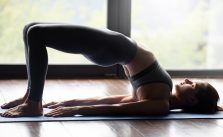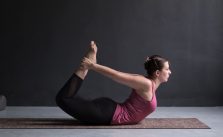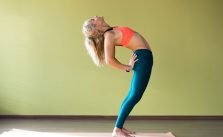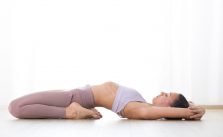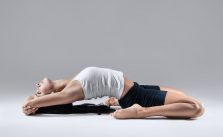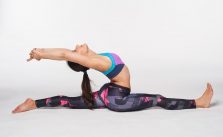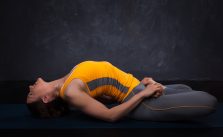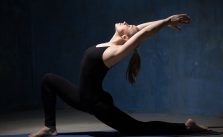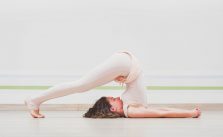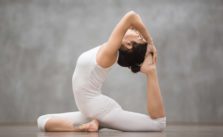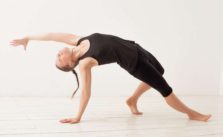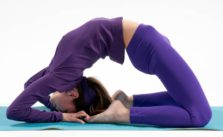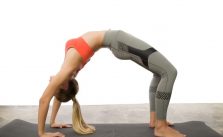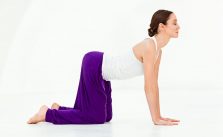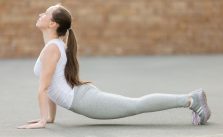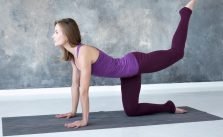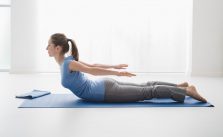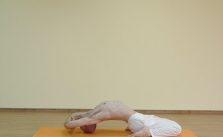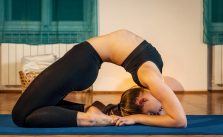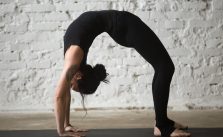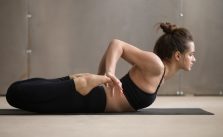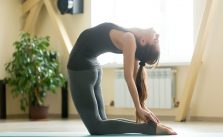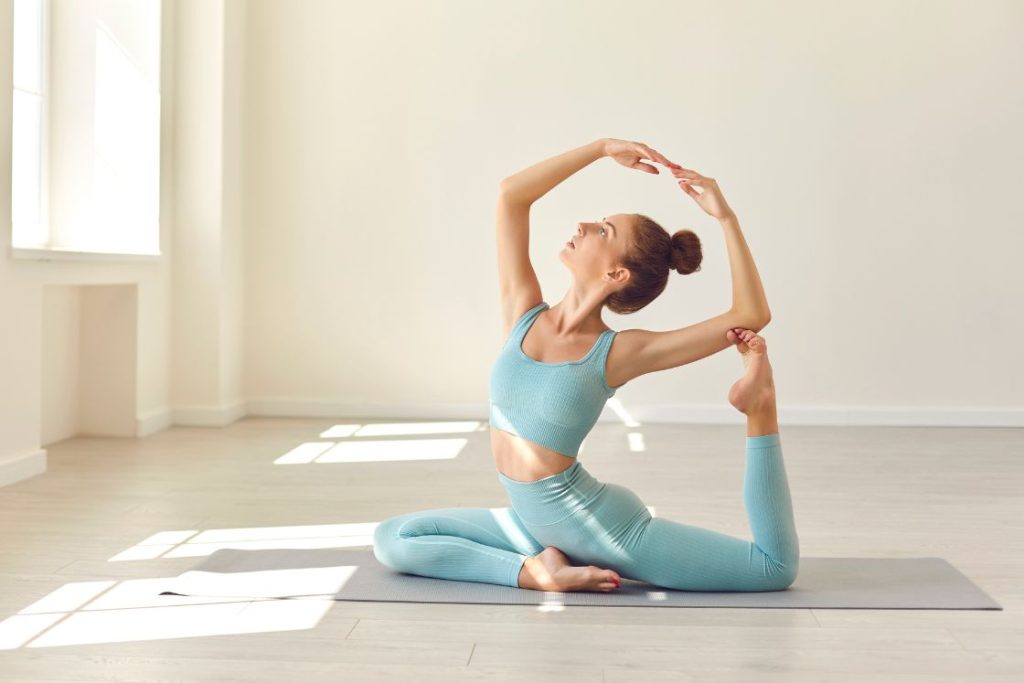
Yoga backbends are a category of yoga poses that involve bending the spine backwards. These poses are designed to improve spinal flexibility, increase the mobility of the lumbar and thoracic spines, open the chest and lungs, and increase circulation.
Some common examples of yoga backbends include Cobra pose, Upward-Facing Dog pose, Camel pose, Bridge pose, and Wheel pose. Backbends can be challenging, so it’s important to practice them with proper alignment and support from the core and legs.
Backbends are often incorporated into yoga classes as a way to balance out forward-bending poses and to counteract the effects of prolonged sitting and slouching. Backbend yoga poses are daunting at first and are regarded as challenging because the elevation of the chest causes stress in the shallow breathing pattern.
Back Bending Yoga Poses
Backbending yoga poses are a great way to open up the chest, shoulders, and hips, as well as increase spinal flexibility and strengthen the back muscles. There are 22 different back-bending poses in yoga that we have listed below.
Each pose comes with step-by-step instructions, modifications, precautions, and benefits to help you safely and effectively practice these poses. These poses are perfect for improving posture, relieving stress and anxiety, and promoting overall physical and mental well-being.
Benefits of Backbends
Your hips, shoulders, chest, and back are all strengthened by backbends. They help encourage healthy posture by lengthening your spine, enhancing flexibility, and enhancing mobility. Additionally, they aid in easing pain, tightness, and tension.
Below are some major benefits of back-bending yoga poses:
- Backbends help restore your body’s balance by correcting posture and alignment.
- Enhance back, shoulder, chest, and hip strength.
- Increasing mobility, flexibility, and spine lengthening all aid in a healthy posture.
- Reduces back discomfort and strengthens the back muscles.
- The prone backbends are excellent for spinal decompression.
- Backbends’ stimulating nature warms and energizes your body, helping alleviate weariness.
- Has the ability to release energy held in the spine.
- Can be encouraging and supportive if you’re feeling down or even anxious.
- Stimulates the heart chakra and enhances lung capacity by opening the shoulders and chest.
Tips to practice back-bending poses
Since back bending poses are considered comparably difficult, the following tips will be helpful to perform such poses:
- Before beginning backbends, properly warm up your body. Perform workouts that concentrate on your thighs, hips, and upper body.
- For a solid base, press firmly via your hands, feet, legs, or hips.
- The spine will glide naturally into a backbend when specific poses are practised with props like blocks, bolsters, chairs, or straps.
- Try to evenly arch the spine from head to toe.
- Don’t hold difficult stances for too long. Stop immediately if you experience pain and avoid straining or forcing yourself into any position.
- Adjust your neck to a relaxed, comfortable position if you have neck pain.
- Allow yourself enough time in between transitions or repetitions to completely relax.
- For a strong core, pull the limbs toward the midline.
- Relax your shoulders and lower back by extending your tailbone away from your head.
